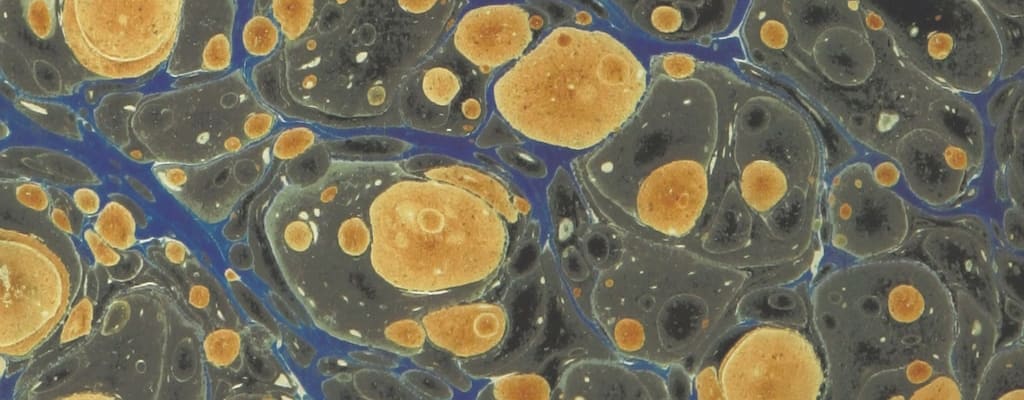paste up: Idiom Meaning and Origin
What does ‘paste up’ mean?
The idiom "paste up" refers to the act of creating or arranging something by sticking or gluing pieces together. It can also mean the process of physically assembling a publication by arranging text and images on a page before it is printed.

Idiom Explorer
The idiom "up on" means to be knowledgeable or well-informed about a particular subject or topic.
The idiom "put-up job" means a planned or arranged situation designed to deceive or trick someone.
"Point up" is an idiom that means to highlight or emphasize something, typically to draw attention to its importance or significance.
The idiom "patch up" means to repair or fix something, often referring to relationships or conflicts that need resolving. It implies resolving issues by finding a solution or compromising to restore harmony.
The idiom "paid up" means that a person has fully paid for something, often referring to a membership or subscription fee. It indicates that all dues or financial obligations have been settled.
An idiom that means to expand or increase the length or content of something, often by adding unnecessary or unimportant details.
The idiom "pack in" means to fit a large amount of something into a small space or time. It is often used to describe a busy schedule or a crowded event.
"On the up" is an idiom that indicates a positive change or improvement in a situation or someone's fortunes.
Unveiling the Context
The idiom "paste up" has multiple meanings related to physically assembling or sticking things together. One common usage is in the context of creating art collages or artwork. In this sense, "paste up" refers to the practice of using adhesive or paste to affix various pieces of paper or images onto a surface. This technique gained popularity in the mid-20th century and played a significant role in different artistic movements.
Another meaning of "paste up" relates to the production of printed materials, especially during the pre-digital era. Graphic designers and typesetters would arrange blocks of text, images, and other elements on a board or page using paste or adhesive. This manual process allowed them to make adjustments and ensure accurate positioning before the final printing.
In the field of journalism and publishing, "paste up" also refers to the final stage of preparing a printed publication. Once all the elements, including articles, images, and advertisements, were finalized, they would be physically cut out and pasted onto larger sheets. These sheets were then photographed to create the plates used for printing. However, with the advent of digital publishing, this labor-intensive process gradually became obsolete.
Furthermore, "paste up" can be used figuratively to describe the hasty or careless assembly of something without adequate attention to detail or planning. This usage suggests a lack of thoroughness or a disregard for proper execution.
Overall, the idiom "paste up" encompasses various meanings related to physically sticking or assembling things together, whether in the context of art, graphic design, publishing, or figurative expressions. It represents a time when manual manipulation of materials was necessary but also highlights the transition to digital processes. While the idiom may appear straightforward, exploring its underlying implications and historical significance reveals its complexity and relevance in different fields.
The idiom "patch up" shares a similar concept with "paste up" as it also involves bringing things together, specifically in the context of repairing or mending. When we "patch up" something, we are fixing or reconciling it. This idiom can be used in various situations, such as repairing clothes, relationships, or even making small fixes to a larger project. It signifies the act of making something whole or functional again through the application of patches or remedies.
Similarly, the idiom "do up" implies the act of renovating or improving something. When we "do up" a space or an object, we are enhancing or refurbishing it, often to make it more visually appealing or functional. This idiom can be used to describe activities like redecorating a room, fixing up a car, or even sprucing up one's appearance. It reflects the idea of giving attention and care to improve the overall quality or aesthetics of something.
On the other hand, the idiom "bake up" refers to the creation or preparation of something, particularly in relation to cooking or baking. When we "bake up" something, we are making it from scratch using various ingredients and techniques. This idiom is commonly used in the culinary realm, describing the process of cooking dishes like bread, pastries, or desserts. It conveys the idea of starting from basic ingredients and creating something delicious and satisfying through the baking process.
Lastly, we have the idiom "point up," which shares a commonality with "paste up" in terms of arranging or positioning elements. However, "point up" specifically refers to highlighting or emphasizing certain aspects or details. When we "point up" something, we are drawing attention to specific points or making them more prominent. This idiom can be used in various contexts, such as highlighting key information in a presentation, emphasizing crucial details in a conversation, or underscoring important parts of a written text. It signifies the act of directing focus towards specific elements to enhance understanding or impact.
Example usage
Examples of how the idiom *paste up* can be used in a sentence:
- I had to paste up the posters for the concert all around town.
- The graphic designer used to do traditional paste ups before the advent of digital design.
- The newspaper editor asked me to help with the paste up of the latest issue.
More "Advertising" idioms



